
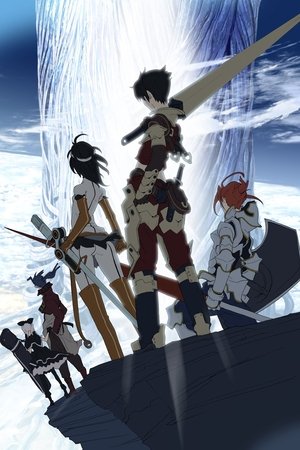
Tower of Druaga: The Aegis of Uruk - Jil's Adventure(2008)
Special "back-side" (ura) short which features the background story from the party's side instead of Jil's.


Movie: Tower of Druaga: The Aegis of Uruk - Jil's Adventure

ドルアーガの塔 〜the Aegis of URUK〜 「ジルの冒険」
HomePage
Overview
Special "back-side" (ura) short which features the background story from the party's side instead of Jil's.
Release Date
2008-04-04
Average
0
Rating:
0.0 startsTagline
Genres
Languages:
日本語Keywords
Similar Movies
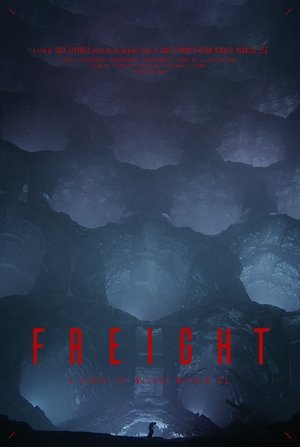 6.5
6.5Freight(sr)
An alien being fights to complete an impossible task. A metaphor for the emotional weight one carries within, and the hardships when striving to rid oneself of it.
Birthday Wish(en)
Starring Mike Brayden, Yvette Angulo and directed by Ryan Casselman. Birthdays can be tough. Often a reminder that our lives are moving at rapid speed, and while you may have aged a year older over night, you realize that not a whole lot else has changed. That is certainly the case with Jeff, a greeting card creative who has the 'birthday blues' and struggles to find someone to share his birthday with.
 4.3
4.3Revenger(sh)
A film about an unhappy man who catches his wife with a lover. He leaves to buy a gun, while plotting to kill the wife and the lover. Based on a short story by Anton Chekhov.
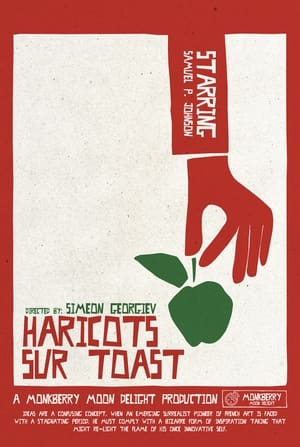 0.0
0.0Beans on Toast(en)
Ideas are a confusing concept. When an emerging surrealist pioneer of French art is faced with a stagnant period, he must comply with bizarre forms of inspiration taking that might re-light the flame of his once innovative self.
 0.0
0.0Sir Ludwig's DuClaudian Twins are Alive & Well and Living in the Same Building(en)
Sir Ludwig must keep the DuClaudian twins apart in order to stop the bloodline from ending.
Black and White Sylva(cs)
A character from a musical film falls into the real world in this short, predating similar films by Woody Allen (The Purple Rose of Cairo) and Wojciech Marczewski (Escape from the 'Liberty' Cinema).
 6.0
6.0Abel's Island(en)
One summer afternoon in 1907, Abel and his wife (both mice) are picnicking, when they become separated during a violent rainstorm. After flying some distance, Abel discovers himself alone on a river island, unable to swim due to the powerful current. Abel periodically attempts to leave the island by various means: flying on a leaf, rowing a crudely fashioned boat, etc. Meanwhile, he tries to create a normal life of sorts, even learning to enjoy a new hobby: sculpture. Still, Abel's goal is to escape the island and rejoin his wife in the city.
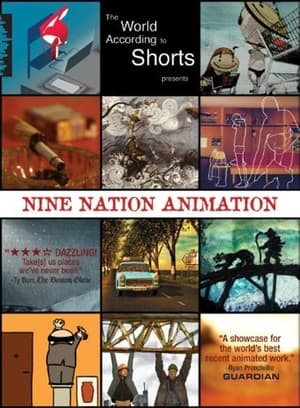 7.3
7.3The Runt(de)
Hykade's third and final part of The Country Trilogy. The once dead father of "We Lived in Grass" returns. "I give you the runt," he says. "But you take care of it and you kill it next year."
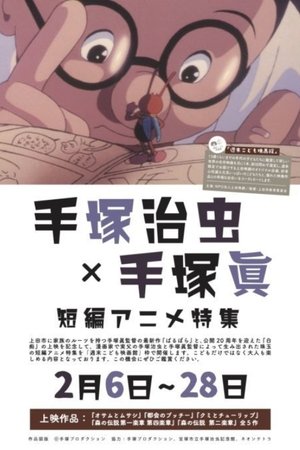 0.0
0.0Osamu and Musashi(ja)
The animation was produced for the Tezuka Osamu Manga Museum, thus it features scenes from the "life and nature" of Tezuka Osamu's childhood, themes that are central to the museum as a whole, through exchanges between the boy Osamu and the carabid beetle (Osamushi) who provided the origin for the artist's name.
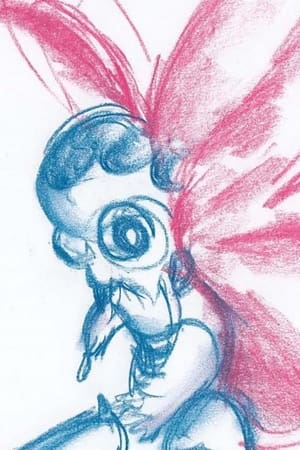 0.0
0.0Stained Smell(ja)
The film expresses the sense of being left behind. It stems from the realities of my childhood and how they did not match up with what I was feeling back then.
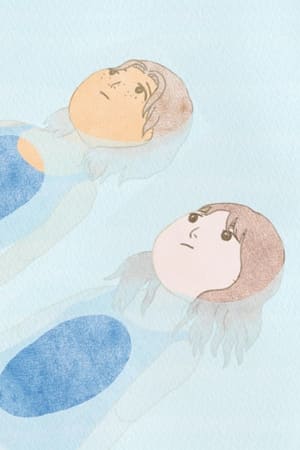 0.0
0.0Fourth Period Swimming Class(ja)
The fourth-grade protagonist is going through physical and emotional changes and feels awkward as she can't help but compare herself to her friends. One day, she is blown away by her classmate Aya's swimming and realizes that she has feelings for her.
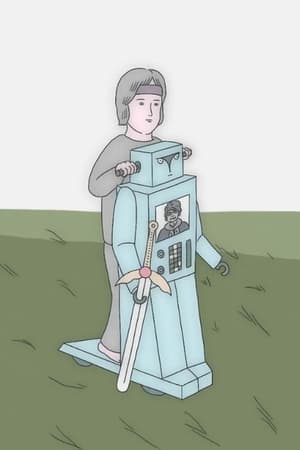 7.0
7.0nowhere(ja)
Even though I feel like I'm living in the now, here, I think I just end up being in nowhere all the time. And in the nowhere, I find the now and the here.
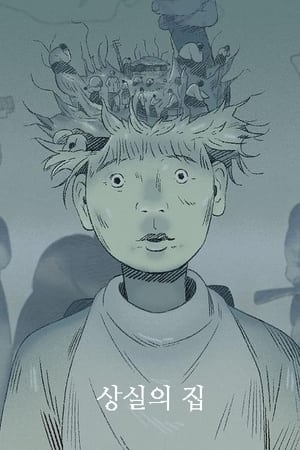 6.7
6.7The House of Loss(ko)
The elderly at the nursing home have their heads shaved. The protagonist who works there sees them but can't read their expressions. However, from one instance, he finds himself looking closely at their faces.
The Dream Report(en)
A deadpan sci-fi, interweaving moments of familiar routine with esoteric messages from deep space.
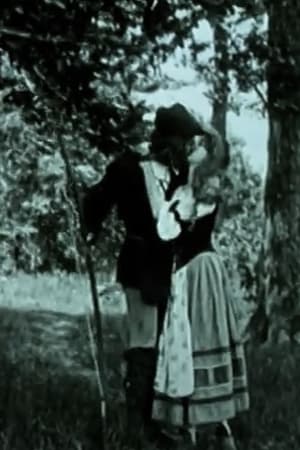 5.0
5.0Robin Hood(en)
Robin Hood is a 1912 film made by Eclair Studios when it and many other early film studios in America's first motion picture industry were based in Fort Lee, New Jersey at the beginning of the 20th century. The movie's costumes feature enormous versions of the familiar hats of Robin and his merry men, and uses the unusual effect of momentarily superimposing images different animals over each character to emphasize their good or evil qualities. The film was directed by Étienne Arnaud and Herbert Blaché, and written by Eustace Hale Ball. A restored copy of the 30-minute film exists and was exhibited in 2006 at the Museum of Modern Art in New York City.
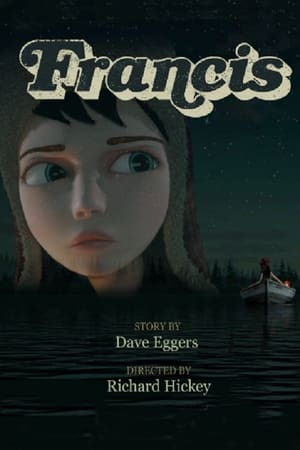 6.2
6.2Francis(en)
Francis is a short story written by american novelist Dave Eggers. This is the story of a young boy growing up in the suburbs of chicago. He spent his vacations in Quetico Provincial Park, up on the border of Minnesota and Canada. But he won't be going back any day soon, not after what happened to a girl called Francis Brandywine.
Bliss(fr)
Marie, a pretty young woman, wanders through the aisles of a futuristic supermarket where everything, from the miracle pill to the virtual man, is for sale. Tonight, she's having a birthday party. She's invited a few old friends and their virtual companions. Everyone is young, beautiful and meek.
 0.0
0.0Before Dawn(ja)
One cold and damp morning, two weasels were wandering the quiet streets. They get separated at one point but are reunited. Just then, bells and alarms began to ring through the city, and dawn came.
 7.0
7.0Fracture(fr)
Fracture (1977) is a short animated film from France by the Brizzi Brothers (Paul and Gaëtan), a duo better known for their work on feature-length animated films such as Asterix versus Caesar (1985), and a number of films for Disney. Fracture is their earliest work, and isn’t remotely Disney-like, delivering an SF / fantasy scenario of alien inexplicabilities that makes it an animated counterpart of the comic strips that were running in Métal Hurlant (and its US counterpart, Heavy Metal) in the late 1970s.





